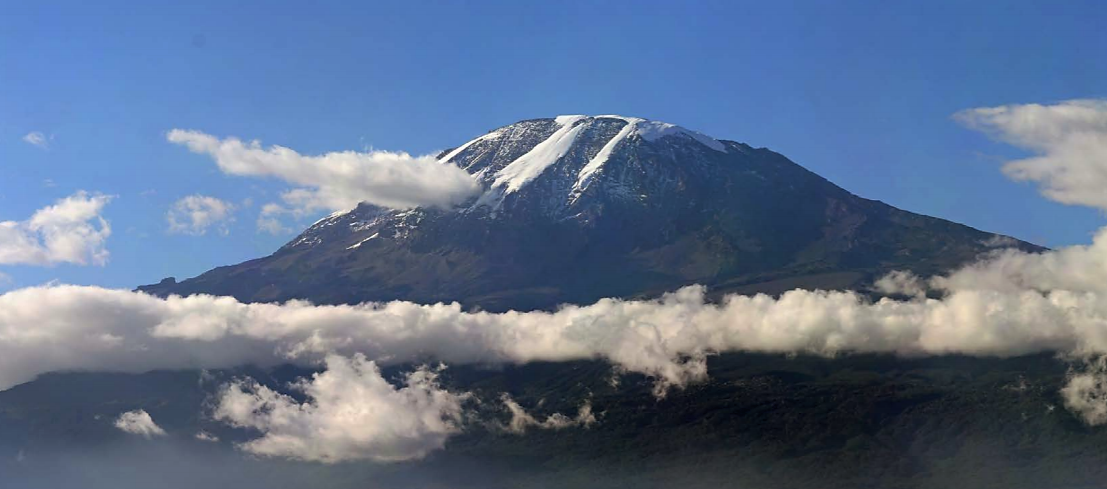9.2: Introduction
- Page ID
- 1227
Adventurously sailing the Indian Ocean in the early 1500s CE, Duarte Barbosa, a Portuguese naval officer, was confident that he was helping to forge a new, enduring era of Portuguese dominance. As he passed through several Swahili city-states on the East African coast, Barbosa noted the brisk trade and the riches of these African settlements where he saw a “great plenty of gold” that would serve Portuguese interests.1 In his mind, God had destined these stashes of gold for the Portuguese and the local Swahili rulers acted unwisely and arrogantly to defend themselves. In the conflict that followed, the Portuguese plundered the Swahili city-states, burning buildings and enslaving African men and women. Barbosa boasted that when the Portuguese looted the settlements, they slaughtered many people and took a “great spoil of gold and silver and goods.”2 Barbosa’s description highlights the violence of Portuguese conquest and also his expectation that he and his countrymen were creating a new Portuguese empire that would make a lasting mark in East Africa and the wider Indian Ocean world. However, less than 100 years later, Portuguese influences were noticeably absent in most of East Africa and their power in the Indian Ocean was fading rapidly. Barbosa, himself, had traveled with his brother-in-law, Ferdinand Magellan, and met an untimely end (in his early 40s) in the Philippines.
Writing about the coast of East Africa, Barbosa paid little heed to the hundreds of years of Swahili history that preceded his visit. Therefore, his narrative gives us minimal information about Swahili civilization. This chapter will fill in some of the silences in the written historical record as it describes Africa’s major contributions to World History.
.png?revision=1&size=bestfit&width=793&height=350)
Since information readily available in the U.S. tends to focus on issues like drought, famine, and war, Americans have many common misconceptions about Africa. In addition to associating Africa with extreme hardships, a plethora of western-made TV shows focus on wildlife and the rainforests. However, these popular images don’t give an accurate portrayal of the everyday experiences of most Africans or tell us much about the history of the continent.
One of the main points glossed over by these popular images is that the African continent is large and diverse. Africa is the second largest continent in the world. Today, it has over 50 independent countries. You can also find just about every imaginable environment, from savannahs, rainforests, and deserts, to glaciers and snow-capped mountains in Africa. Its over 1,000 languages (or about one-third of the world’s languages) also demonstrate the continent’s diversity.3 Africa is home to more than a billion people, who are living, working, and raising their families.
.png?revision=1)
Historically, Africans faced significant environmental challenges that limited population growth. There are exceptions, but overall, African soils are poor and rainfall has been unpredictable. Soils are comparatively unfertile, due in part to the geologic age of the continent. Also, the more temperate climates in a number of regions slows the decomposition of organic materials in the soil, meaning that the soil in many regions has few minerals and nutrients. The areas that are exceptions, such as the highlands of Ethiopia, Rwanda, and Burundi, have seen much higher population concentrations. Rainfall also tends to be concentrated in just two or three months a year, while disease has been yet another challenge.
.png?revision=1)
Considering the past 5,000 years of African history, malaria, yellow fever, and trypanosomiasis (also known as sleeping sickness) have made the biggest impacts on population growth and settlement patterns. Even today, all three diseases affect the continent. Both malaria and yellow fever are spread to people by mosquitos. According to the World Health Organization (WHO), despite preventative measures and great efforts to extend the availability of treatments, malaria was responsible for almost 600,000 deaths in 2013. Children in Africa account for most of the fatalities, and the WHO estimates that currently one African child dies from malaria every minute of every day.4 Those who have suffered through malaria multiple times as adults will attest that malaria, with the exception of its most virulent strains like plasmodium falciparum, is usually more of a nuisance than an emergency for healthy adults. It causes symptoms like headaches, fever, and chills. Even though it does not usually constitute a medical emergency for adults, malaria does decrease productivity and has significant treatment costs. On the other hand, yellow fever has a high mortality rate—about 50%—even amongst healthy adult populations.5 While malaria and yellow fever have historically taken the largest toll on human populations, one of the main effects of trypanosomiasis (or sleeping sickness) has been to limit the practicality of keeping certain types of livestock in Africa. Horses and many breeds of cattle are especially susceptible to trypranosomiasis, which is spread by the tsetse fly and can lead to either chronic illness, characterized by weight loss, fever, anemia, cardiac lesions, and other symptoms in animals, or to a more immediate death. Until the past fifty years or so, in many parts of the continent, these noteworthy challenges with disease, alongside the low fertility of the soils and the unpredictable rainfalls, were significant constraints on human population growth. Environmental challenges and disease also affected settlement patterns as, for example, people avoided more forested and wetter areas because of the prevalence of mosquitoes. Additionally, Africans continuously adapted their herding and farming techniques to overcome these challenges.
Endnotes
1 Quoted in “The East Coast of Africa: Duarte Barbosa,” Aspects of World Civilization, vol. 1, Ed. Perry M. Rogers, (Upper Saddle River, NJ: Prentice Hall, 2003): 376.
2 Ibid, p. 377.
3 African Language Program, Department of African and African American Studies, “African Languages,” Harvard University, aaas.fas.harvard.edu/greeting...nguage-program.
4 World Health Organization Media Centre, “Malaria: Fact Sheet,” www.who.int/mediacentre/factsheets/fs094/en
5 World Health Organization Media Centre, “Yellow Fever: Fact Sheet,” www.who.int/mediacentre/factsheets/fs100/en


